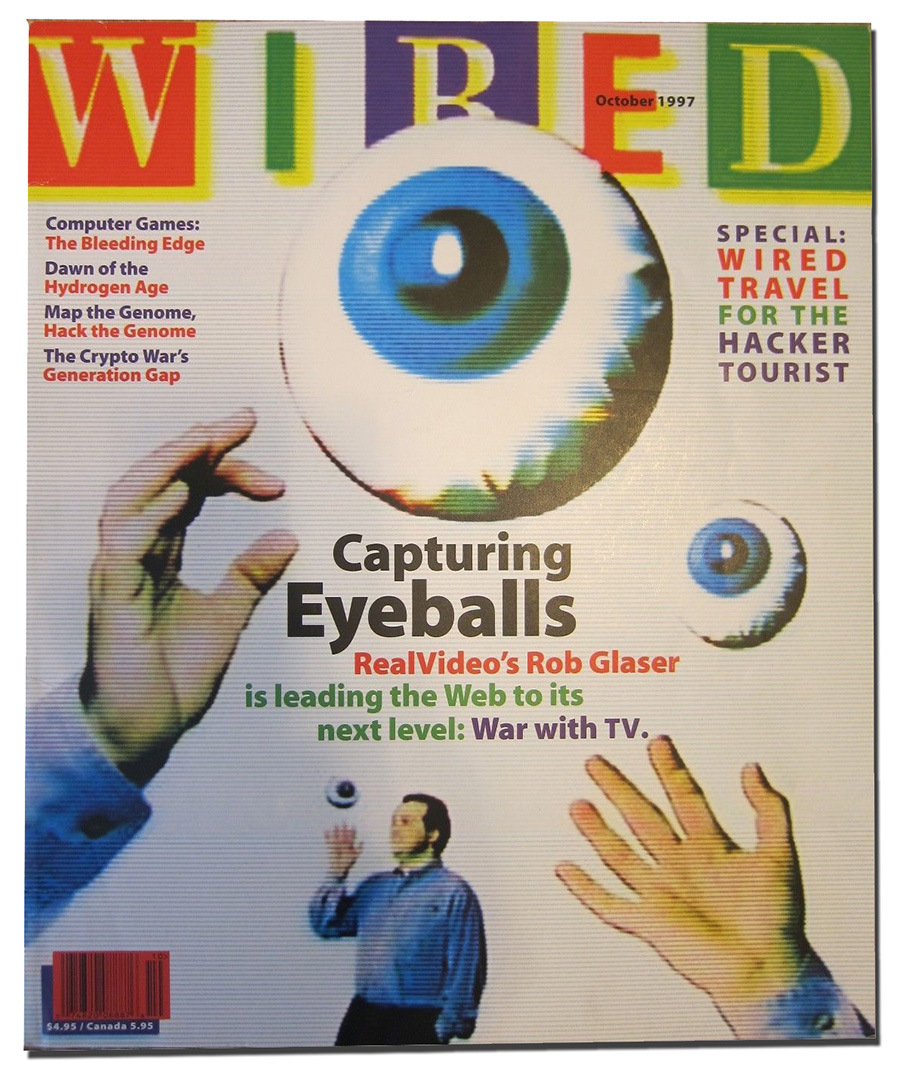39
In the twentieth century, as indeed earlier, it is not only high art that seeks to combine heterogeneous spaces. Graphic design for print, particularly for magazines and newspapers, is becoming increasingly hypermediated as well. Magazines like Wired or Mondo 2000 owe their
conception of hypermediacy less to the World Wide Web than to the tradition of graphic design that grows out of pop art and ultimately lettrisme, photomontage, and dada.
In the twentieth century, as indeed earlier, it is not only high art that seeks to combine heterogeneous spaces. Graphic design for print, particularly for magazines and newspapers, is becoming increasingly hypermediated as well. Magazines like Wired or Mondo 2000 owe their
conception of hypermediacy less to the World Wide Web than to the tradition of graphic design that grows out of pop art and ultimately lettrisme, photomontage, and dada.
In the twentieth century, as indeed earlier, it is not only high art that seeks to combine heterogeneous spaces. Graphic design for print, particularly for magazines and newspapers, is becoming increasingly hypermediated as well. Magazines like Wired or Mondo 2000 owe their
conception of hypermediacy less to the World Wide Web than to the tradition of graphic design that grows out of pop art and ultimately lettrisme, photomontage, and dada.
In the twentieth century, as indeed earlier, it is not only high art that seeks to combine heterogeneous spaces. Graphic design for print, particularly for magazines and newspapers, is becoming increasingly hypermediated as well. Magazines like Wired or Mondo 2000 owe their
conception of hypermediacy less to the World Wide Web than to the tradition of graphic design that grows out of pop art and ultimately lettrisme, photomontage, and dada.
 Log-in
Log-in Source type: picture
Source type: picture Source type: picture
Source type: picture Source type: picture
Source type: picture